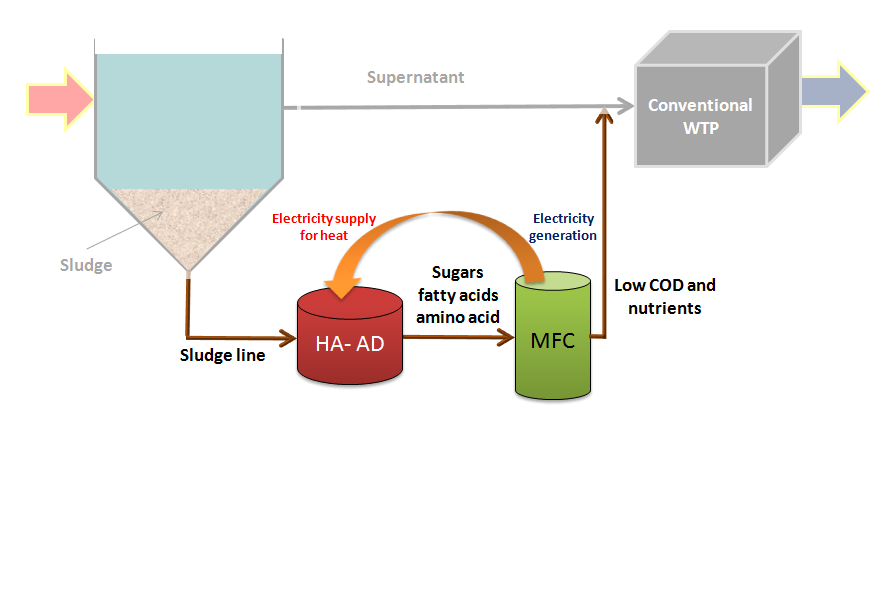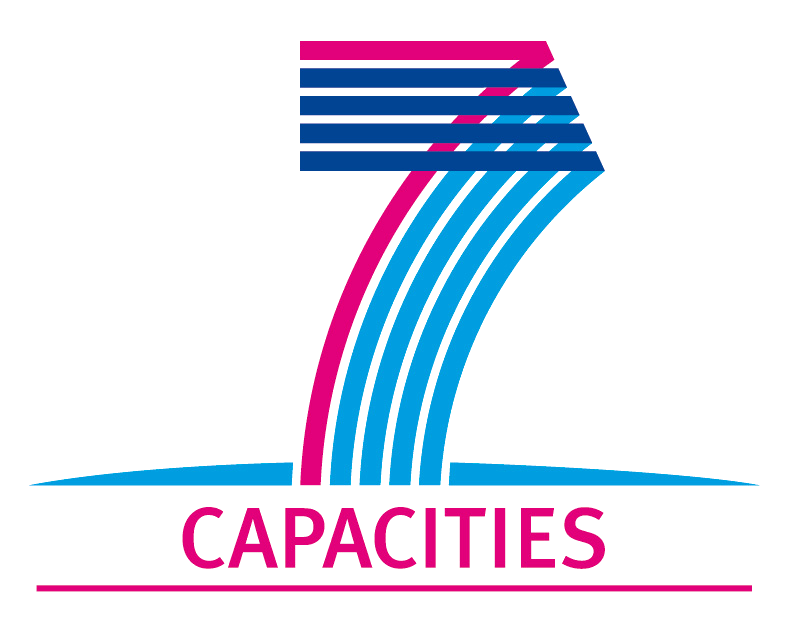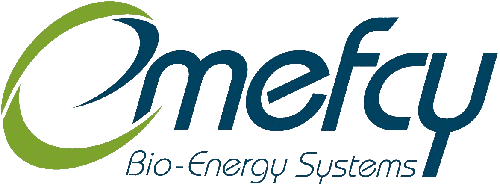PROJECT OVERVIEW
MFC4sludge project is funded under FP7-SME-2013/EC-GA 605893.
Duration: from August 2013 to July 2015
Sludge treatment and valorisation is not a trivial issue since it can be allocated to more than 50% of a wastewater treatment plant costs. Within this context, some key European SMEs got in contact in the framework of “MFC4Sludge” project in order to conduct a joint effort aimed to develop and scale up a low-cost, sustainable and competitive solution consisting of a microbial fuel cell (MFC) coupled to a hydrolytic-acidogenic anaerobic digestion (HA-AD) to treat sludge from wastewater treatment plants. The goal is to take advantage of the complementarities of both technologies in order to obtain a sustainable energy device with positive energy balance and ability to degrade more than 90% of chemical oxygen demand (COD). According to the several areas of knowledge and expertise required to reach such an objective, the participating SMEs have identified complementary research needs in three areas: sludge pre-treatment, MFC development and systems control and integration.
One of the main innovations of “MFC4Sludge” with respect to state-of-the-art MFC-related research is the project’s integrated solution itself, which is shown in next figure. On one hand, it is well established that MFC technology can be used to treat substrates with high COD (i.e., sludge), although it works better in low load wastewater. On the other hand, hydrolytic-acidogenic digestion (HA-AD) is a well established and implemented technology for high load wastewater which however requires further effluent treatments to remove residual organic molecules such as alcohols, acetate, propionate and butyrate. The integration of these two processes, which for the best of this project proposers’ knowledge has not been reported before, has the potential to generate very convenient synergies: 1) HA-AD can be used as a pre-treatment of sludge to transform it to a much suitable substrate for MFC; 2) Volatile fatty acids (VFA) of HA-AD effluents can be effectively consumed in MFCs; 3) The energy generated in the MFC can be used to decrease the overall energy demand of the wastewater treatment plant; and 4) HA-AD integration can improve the treatment capacity in terms of COD degradation and reduction of sludge generation. Consequently, MFC and HA-AD are not competitive technologies but complementary and can be coupled to treat wastewater sludge (which usually MFC are no able to treat by themselves) in a more efficient, competitive and sustainable process with respect to current state-of-the-art solutions.










